Découvrez les saisons précédentes de la série de podcasts SAP intitulée « Parlons des données » dans nos précédents blogs sur la saison 5 et la saison 4.
Il est essentiel de créer un robuste socle de données et d’atteindre l’excellence en matière d’informations pour obtenir l’agilité d’entreprise nécessaire pour faire face aux changements et prendre rapidement les bonnes décisions stratégiques. Aider les équipes métier à mettre à profit leurs ressources de données et une remarquable réactivité pour optimiser la collecte et la communication de ces précieuses ressources est extrêmement utile pour renforcer l’efficacité au sein de l’entreprise et gérer de façon optimale les périodes de changements.
Nous avons donc réuni des experts en gestion et stratégie des données pour évoquer les sujets et tendances clés qui transforment la façon dont les entreprises exploitent les données pour libérer tout le potentiel de ces précieuses ressources.
Écoutez cette série de podcasts en anglais pour tout savoir sur les données !
Surveillez les nouveaux podcasts et rattrapez votre éventuel retard en la matière.
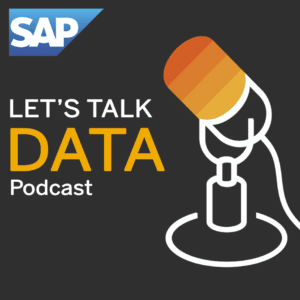
Écoute possible sur Spotify, SoundCloud, iTunes, PlayerFM ou YouTube.
Aperçu de la saison 6 : podcasts sur la stratégie de données, cas d’utilisation et solutions SAP associées
Ep. 58 — Partie 2 : Intégration de SAP Signavio Process Intelligence à SAP Data Intelligence
Cet épisode dit tout sur SAP Signavio Process Intelligence : le pourquoi, le quoi et le comment. Il aborde également l’intégration entre SAP Signavio Process Intelligence et SAP Data Intelligence. Intervenants : Silvio Arcangeli, directeur principal SAP Signavio Process Intelligence, et Ginger Gatling, directrice principale du marketing des solutions de gestion des données chez SAP.
Ep. 57 — Partie 1 : SAP et Signavio : le quoi et le comment
Cet épisode présente SAP Signavio. Il présente la solution ainsi que les éléments clés et la façon dont SAP et Signavio travaillent ensemble pour améliorer les processus.
Intervenants : Silvio Arcangeli, directeur principal SAP Signavio Process Intelligence, et Ginger Gatling, directrice principale du marketing des solutions de gestion des données chez SAP.
Ep. 56 — Ce que le conseil d’administration doit savoir sur les données
Ce podcast porte sur les fondements nécessaires aux membres de conseils d’administration, en particulier ceux d’entreprises non natives des données, pour gérer les opportunités et risques majeurs, mener des examens plus approfondis, et assumer leur responsabilité de supervision axée sur les données. Écoutez Dr Thomas C. Redman, « le docteur Données », président de Data Quality Solutions, et Maria Villar, en charge de l’innovation en matière de gestion et de stratégie des données d’entreprise chez SAP, partager leurs précieux insights.
Ep. 55 — Les femmes dans le domaine des données
Rejoignez cette discussion interactive avec des femmes ayant toute une carrière en lien avec les données, dont Kristin McMahon, vice-présidente mondiale Solutions et marketing chez SAP, Corrie Brague, directrice principale Gestion des données chez SAP, Ina Felsheim, directrice marketing produits chez AWS, et Ginger Gatling, directrice principale Gestion des données chez SAP. Vous entendrez leur avis sur l’état actuel de la gestion des données, des conseils pour une carrière en lien avec les données et des insights sur l’importance de la promotion des données dans tous les secteurs.
Cet épisode concerne le traitement des documents, le partenariat avec OpenText et une récente étude axée sur le retour sur investissement évoquant la réduction des coûts, l’amélioration des performances et l’efficacité en matière de migration vers SAP S/4HANA.
Intervenantes : Sheila McCarthy, directrice mondiale du marketing et des solutions, et Ginger Gatling, directrice principale du marketing des solutions SAP
Ep. 53 — Données et analytique SAP : cas d’utilisation client pour l’intégration des données
Ce podcast s’appuie sur l’épisode 51 évoquant les services de gestion des données disponibles dans SAP Business Technology Platform. Dans cet épisode, nous découvrons une entreprise disposant de données en silos, déconnectées et dépourvues de contexte commercial. Ce podcast explique comment SAP Business Technology Platform, et plus particulièrement les services de données et d’analytique, ont été utilisés pour ajouter un contexte commercial à la masse de données existantes afin de favoriser des décisions fiables.
Intervenants : Silvio Arcangeli, directeur principal Stratégie produits technologiques et plateformes chez SAP, Axel Schuller, responsable Solutions de gestion des données SAP, Ginger Gatling, directrice principale du marketing des solutions de gestion des données chez SAP.
Ep. 52 — Rapprochement des données financières
Savez-vous que le rapprochement des données financières est incontournable dans tout projet de mise en œuvre SAP ? En quoi cela consiste-t-il et pourquoi est-ce nécessaire pour toutes les entreprises d’y prêter attention ? Rejoignez Syin Tan, Kevin Zheng, Lucas Morris et Sam Bannigan, représentants Pratiques relatives aux données chez Deloitte, qui évoquent les coûts, risques et exigences de conformité liés au rapprochement financier, et la façon dont ils ont mis à profit SAP Data Intelligence pour maîtriser ce facteur de réussite essentiel.
Intervenants : Kevin Zheng, spécialiste des données chez Deloitte Consulting, Syin Tan, spécialiste finance et données chez Deloitte Consulting, et Lucas Morris, spécialiste finance chez Deloitte Consulting.
Ce podcast explore les plus importants services de gestion des données disponibles sur SAP Business Technology Platform. Ces services incluent le catalogage des données et la gestion des métadonnées, l’intégration des données et le traitement des données. La façon dont ces services sont utilisés dans l’ensemble du portefeuille données et analytique de SAP Business Technology Platform sera également abordée. Rejoignez ce podcast pour découvrir les dernières innovations concernant les services de gestion des données et comment les mettre à profit.
Intervenants : Silvio Arcangeli, directeur principal Stratégie produits technologiques et plateformes chez SAP, Axel Schuller, responsable Solutions de gestion des données SAP, Ginger Gatling, directrice principale du marketing des solutions de gestion des données chez SAP.
Ep. 50 — SAP et Sodales : comment innover, créer et monétiser vos solutions SAP BTP Sodales Solutions crée des solutions pour la gestion EHS (Environnement, Hygiène et Sécurité) des entreprises et elle s’appuie pour cela sur SAP Business Technology Platform (SAP BTP). Grâce à son innovation continue et à sa mise à profit de SAP BTP, Sodales exploite chaque opportunité d’amélioration. Écoutez ce que ce « modèle en matière de SAP BTP » a à dire et découvrez son approche en matière d’innovation, mais aussi des réflexions concernant SAP Store, les critères d’embauche, etc.
Ep. 49 — Le problème oublié : comment gérer la croissance du volume de données tout en réduisant les coûts et les risques La croissance du volume des données s’accélère. Les coûts et les risques liés à la gestion de toutes ces données ne se limitent pas au stockage. Rejoignez Deepak Sood, PDG d’Auritas, et Robert Pickering, directeur principal Gestion des solutions Business Technology Platform chez SAP, qui expliquent comment et pourquoi gérer le cycle de vie des données tout en trouvant le juste équilibre en matière de coûts des ressources, propriété, risques et conformité légale.
Ep. 48 — Découverte de la valeur ajoutée de SAP BTP pour les partenaires, avec SAP, IDC et le partenaire SAP Rizing Dans cet épisode de podcast, vous entendrez des dirigeants de SAP, IDC et Rizing, partenaire SAP, évoquer la valeur ajoutée obtenue par les partenaires avec SAP Business Technology Platform (SAP BTP). Paul Edwards (directeur, canaux logiciels et écosystèmes chez IDC) mène une discussion particulièrement instructive avec Martin Stenzig(directeur de la technologie chez Rizing) et Tom Le (vice-président mondial Conseil en solutions partenaires, SAP), en abordant les conclusions du guide de la réussite partenaires IDC qui explore les accélérateurs opérationnels et technologiques offerts aux partenaires via SAP BTP. Les dirigeants abordent des sujets tels que la façon dont Rizing innove avec SAP BTP, le périmètre et l’impact de la plateforme sur la valeur du cycle de vie client, ainsi que les programmes SAP proposés pour assurer la réussite des partenaires avec SAP BTP. Pour en savoir plus, accédez au podcast dès maintenant.
Ep. 47 — Prévision du prix des produits de base avec SAP Data Intelligence Ratan Yedla et Sumanth Krishnan de VASPP Technologies évoquent le fonctionnement de la prévision des prix des produits de base avec SAP Data Intelligence. Ils abordent le recours à des modèles d’IA (intelligence artificielle) et de ML (Machine Learning) pour prévoir les futurs prix en fonction de modèles passés, d’événements externes et de données IoT, et expliquent combien mieux prévoir les prix, avec moins d’erreurs, permet de meilleures décisions d’achat et des économies pour les entreprises. VASPP Technologies a réalisé ce travail lors du sprint de contenus SAP Data Intelligence.
Ep. 46 — Création de l’automatisation intelligente de DataXstream avec SAP Data Intelligence Xilin Cheng et Kathleen Taggart de DataXstream évoquent la création de l’automatisation intelligente et les avantages du recours à SAP Data Intelligence pour les opérations de Machine Learning (MLOps). L’équipe aborde les difficultés rencontrées par le grossiste pour traiter un gros volume de devis et de commandes avec précision et efficacité. Traditionnellement, il fallait que des représentants du service client, comprenant SAP GUI et ayant des années d’expérience dans le secteur, passent des heures à saisir des données. Avec l’automatisation intelligente, la reconnaissance optique de caractères permet de lire du texte dans les modèles de Machine Learning créés par Xilin. Il évoque les techniques de traitement du langage naturel (TLN) utilisées, mais aussi les avantages du développement de pipelines de Machine Learning dans SAP Data Intelligence. Kathleen et Xilin évoquent pour finir l’avenir de l’automatisation intelligente et le potentiel qu’offre le Machine Learning pour remporter plus de contrats et améliorer l’expérience d’achat des clients.
Pour en savoir plus, consultez les ressources et informations supplémentaires disponibles ici :
The post Let’s Talk Data Podcast Series – Nouvelle saison disponible maintenant ! appeared first on SAP France News.


 Creating videos for social media or to embed on your site can be a fun and creative way to promote your brand or business. More importantly, time spent on a page is a significant SEO ranking factor, so providing a video to watch is of enormous benefit.
Creating videos for social media or to embed on your site can be a fun and creative way to promote your brand or business. More importantly, time spent on a page is a significant SEO ranking factor, so providing a video to watch is of enormous benefit.
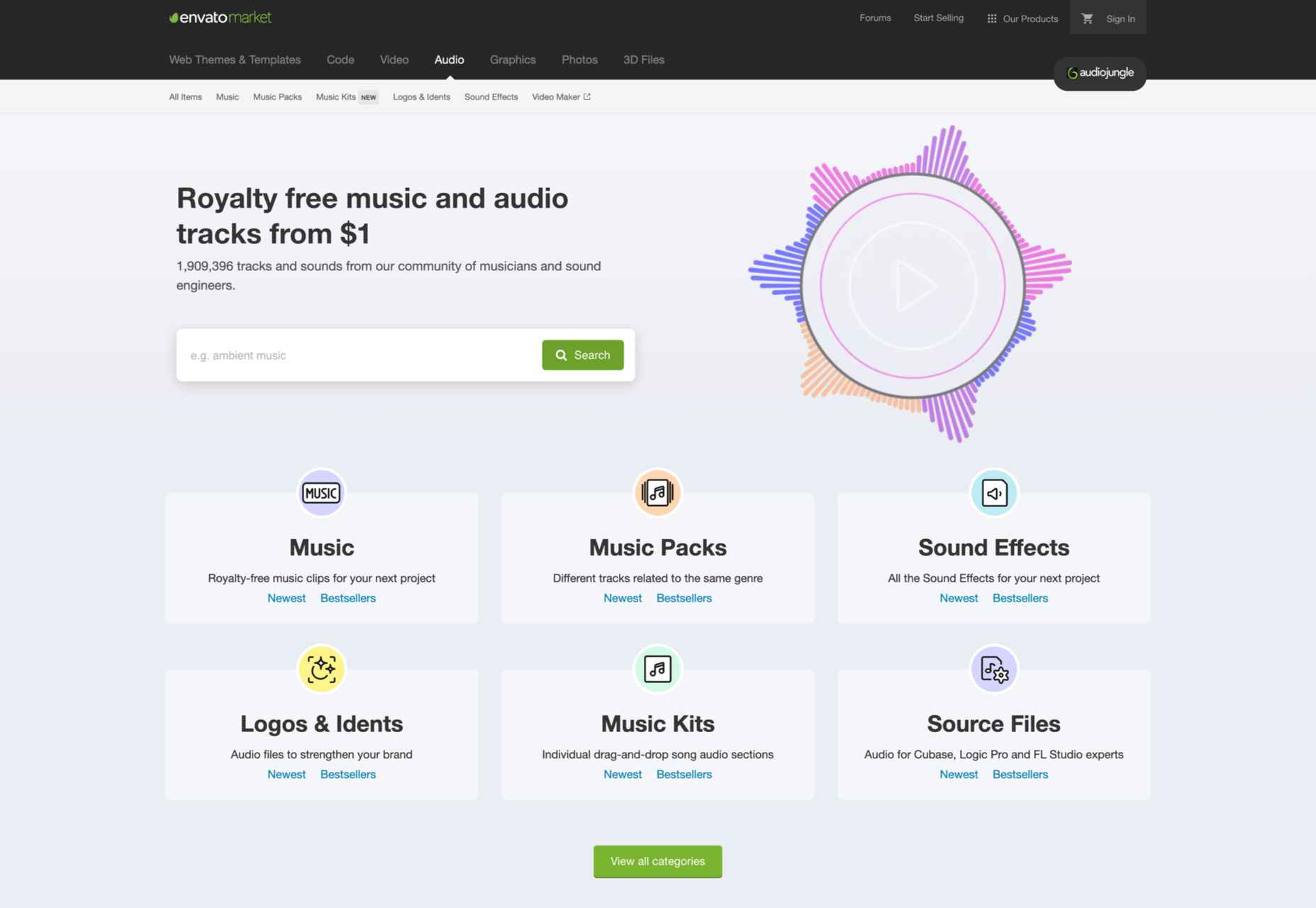
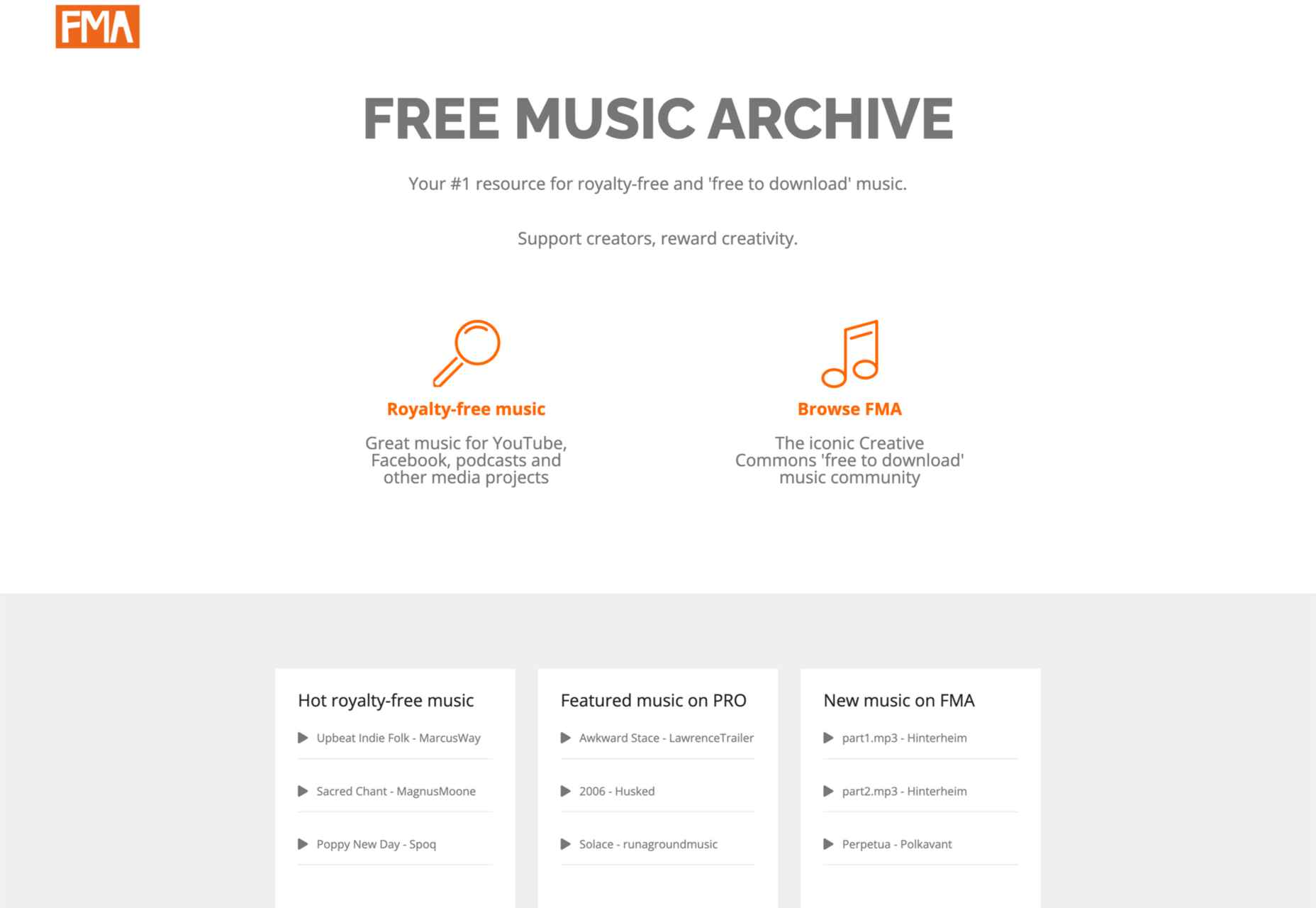
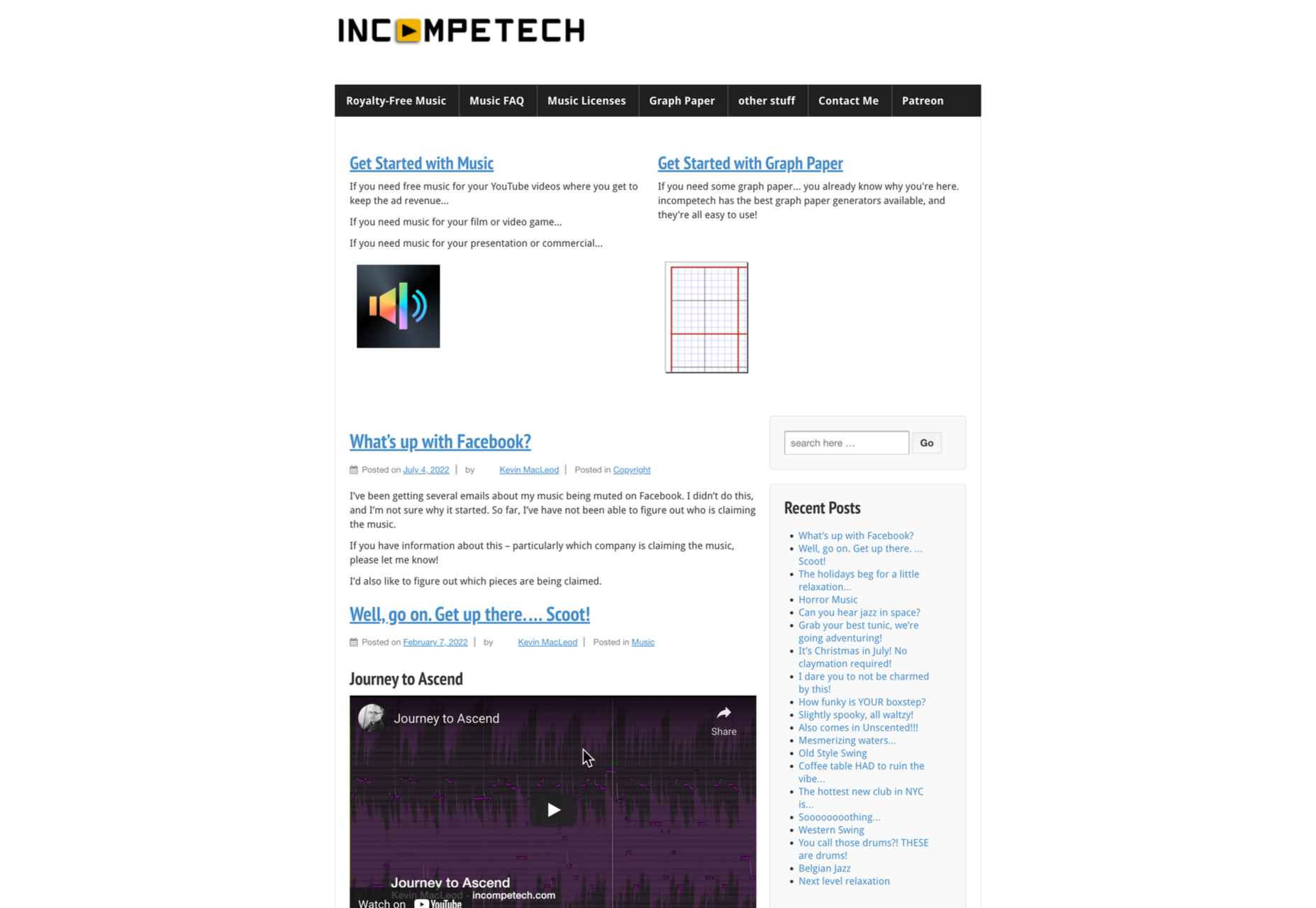
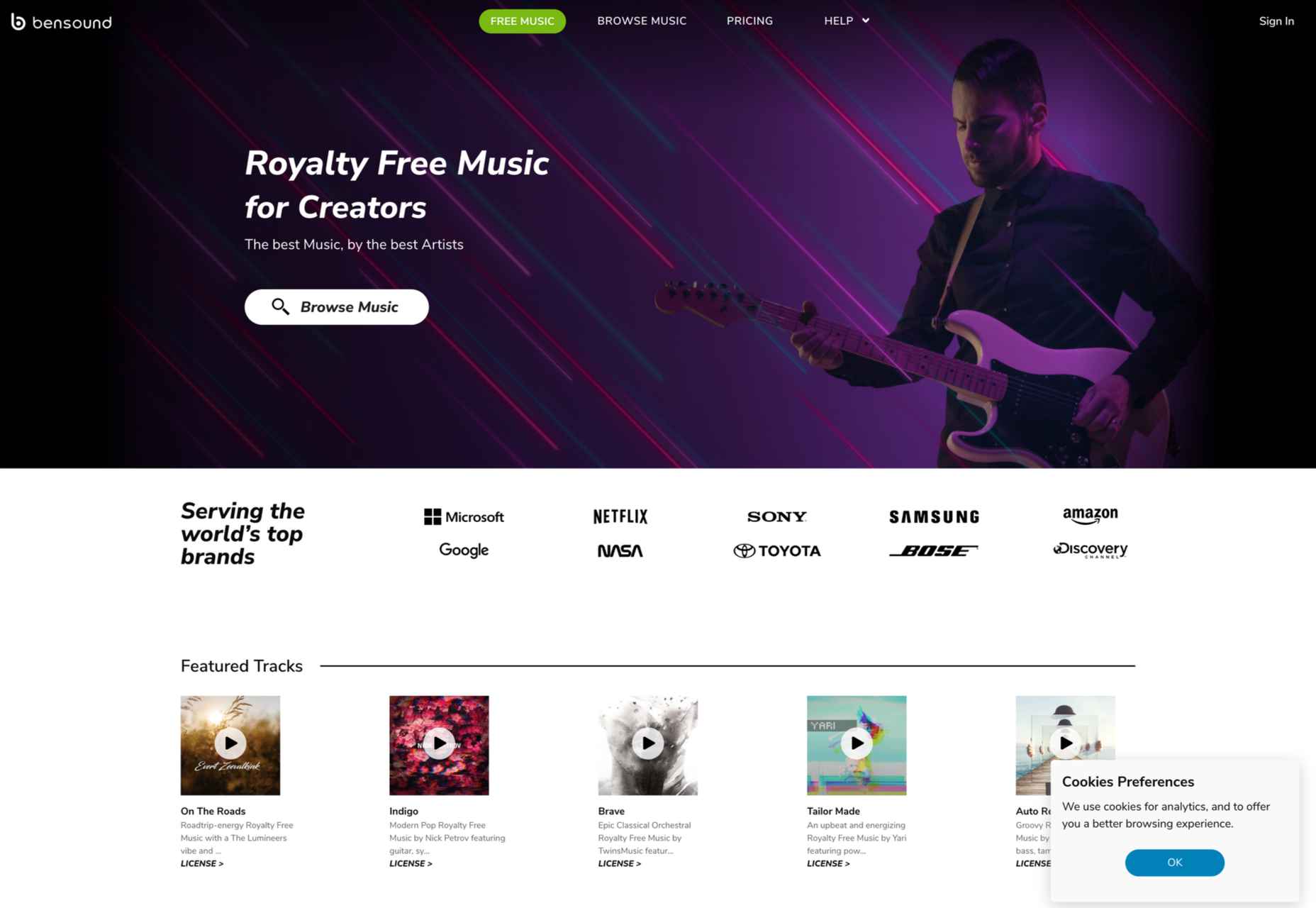
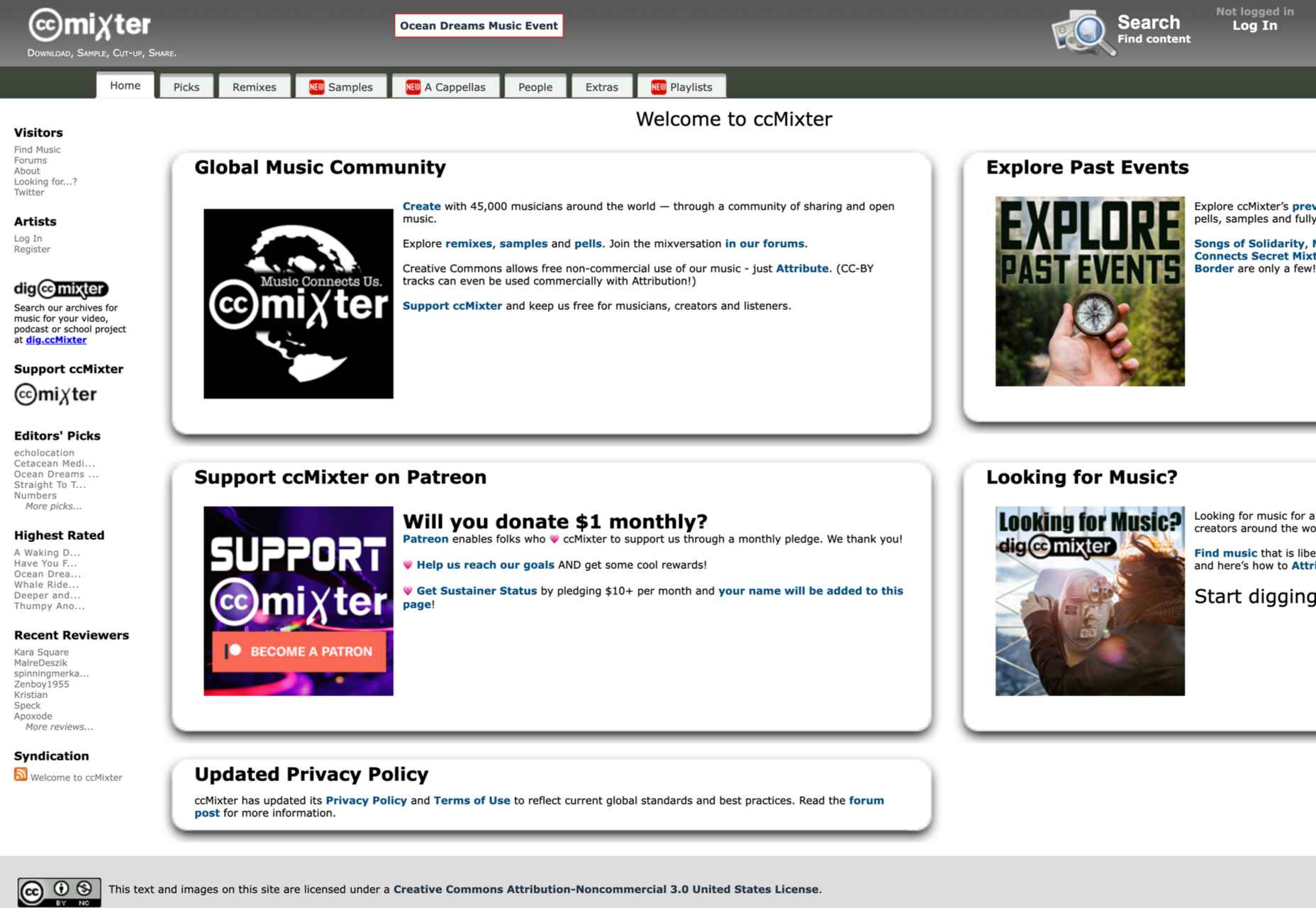

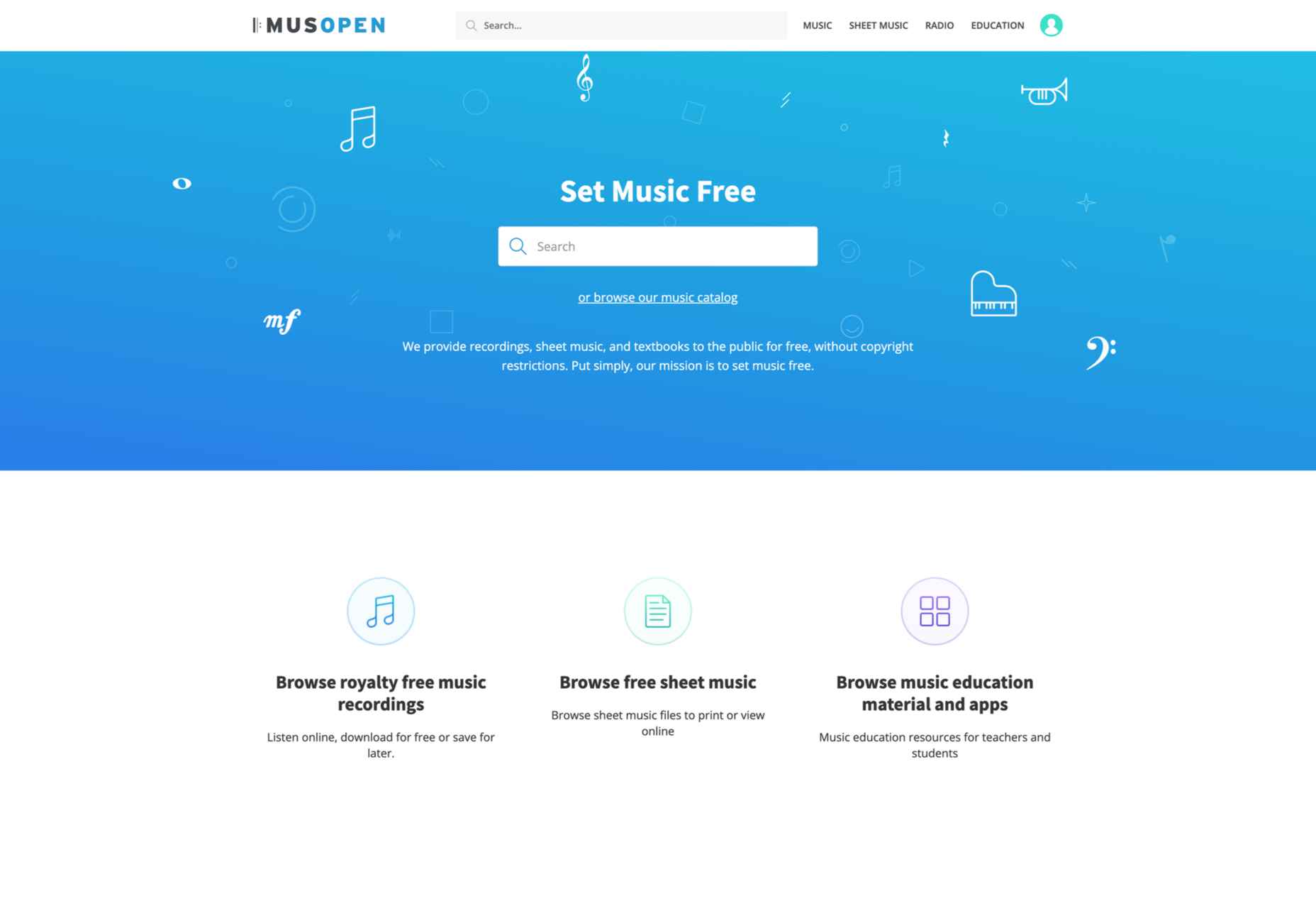
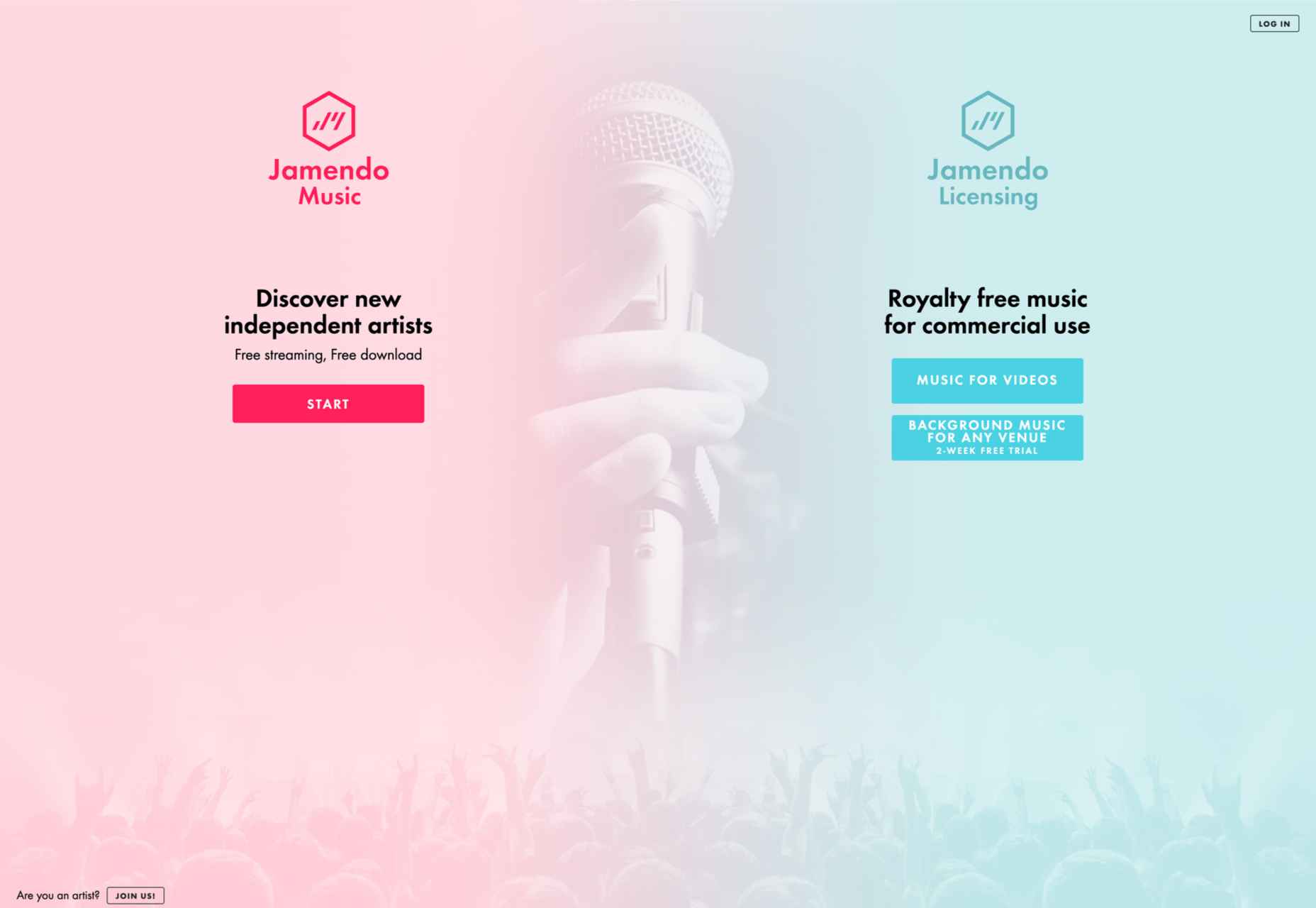


 WordPress 6.0 has been released, and another niche jazz musician will be enjoying extra Spotify royalties next month.
WordPress 6.0 has been released, and another niche jazz musician will be enjoying extra Spotify royalties next month.

 Every day design fans submit incredible industry stories to our sister-site,
Every day design fans submit incredible industry stories to our sister-site, 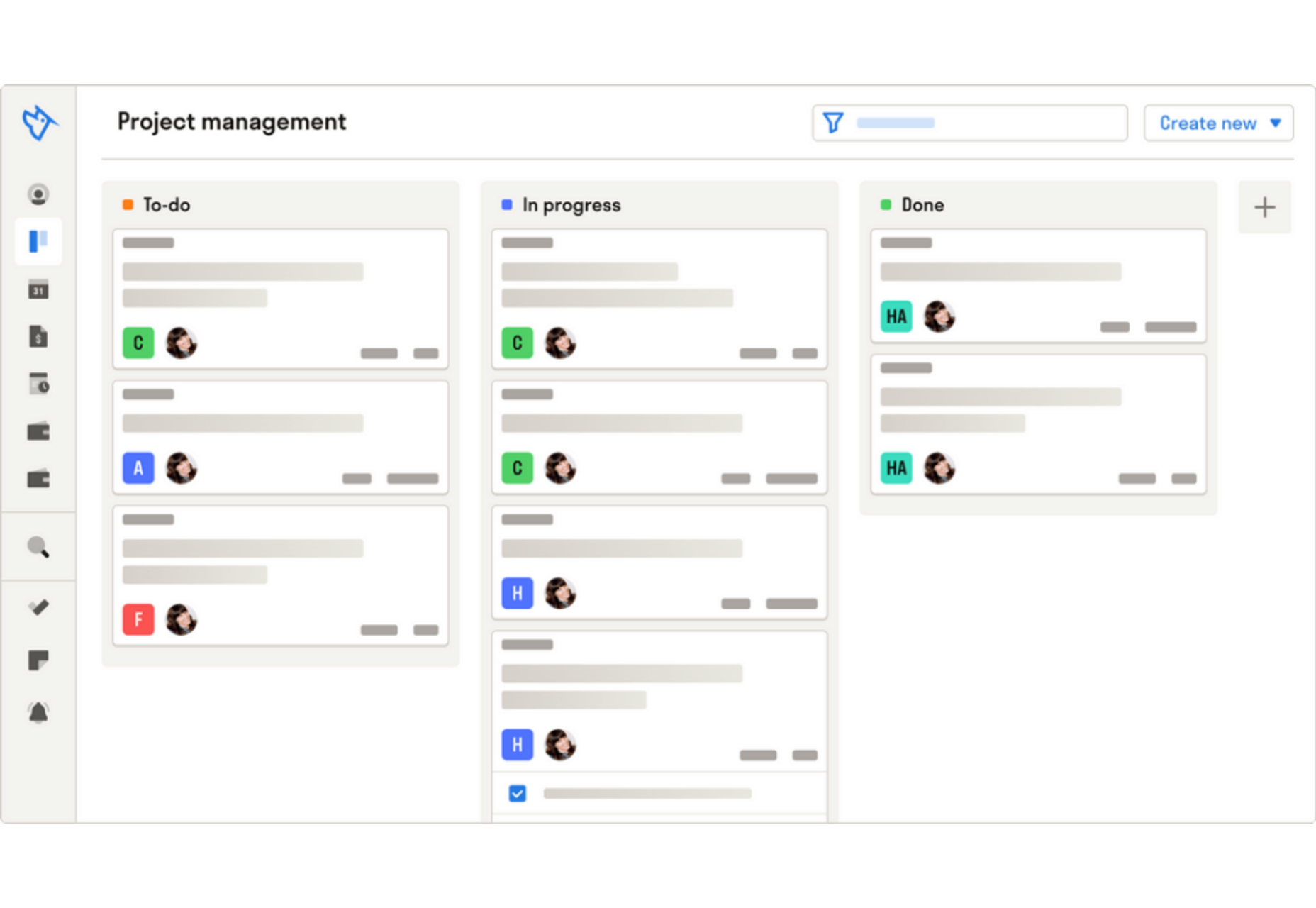
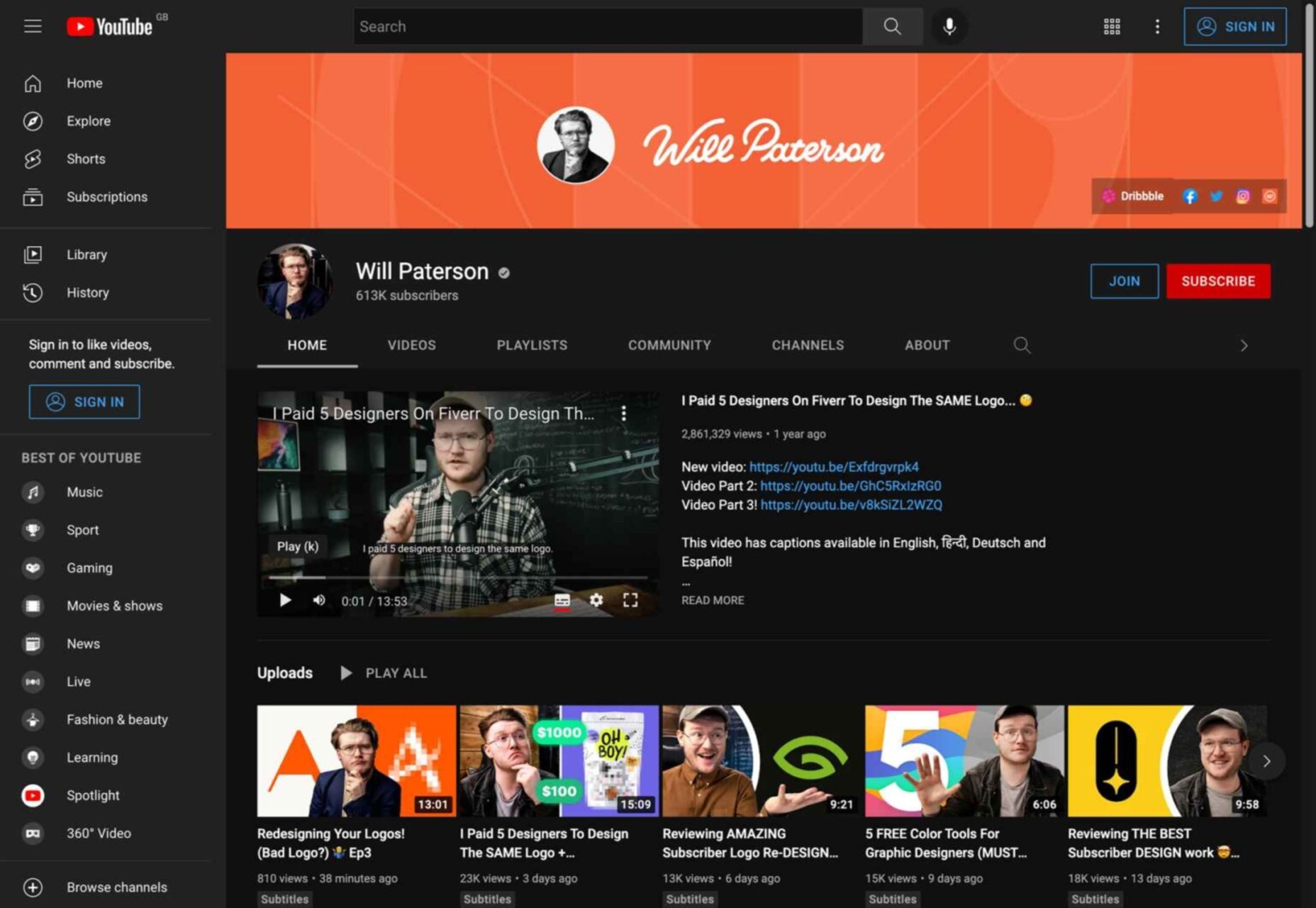
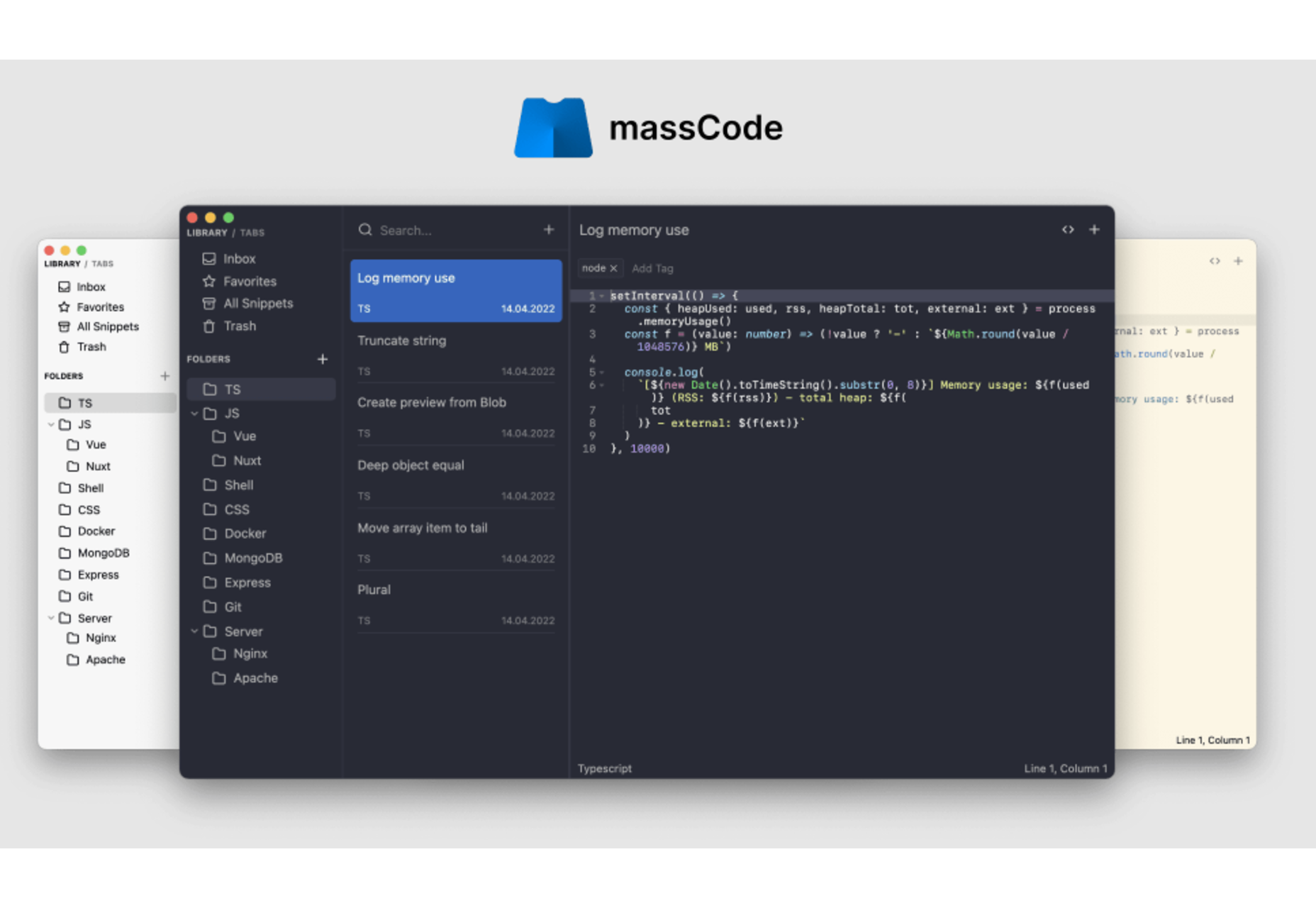

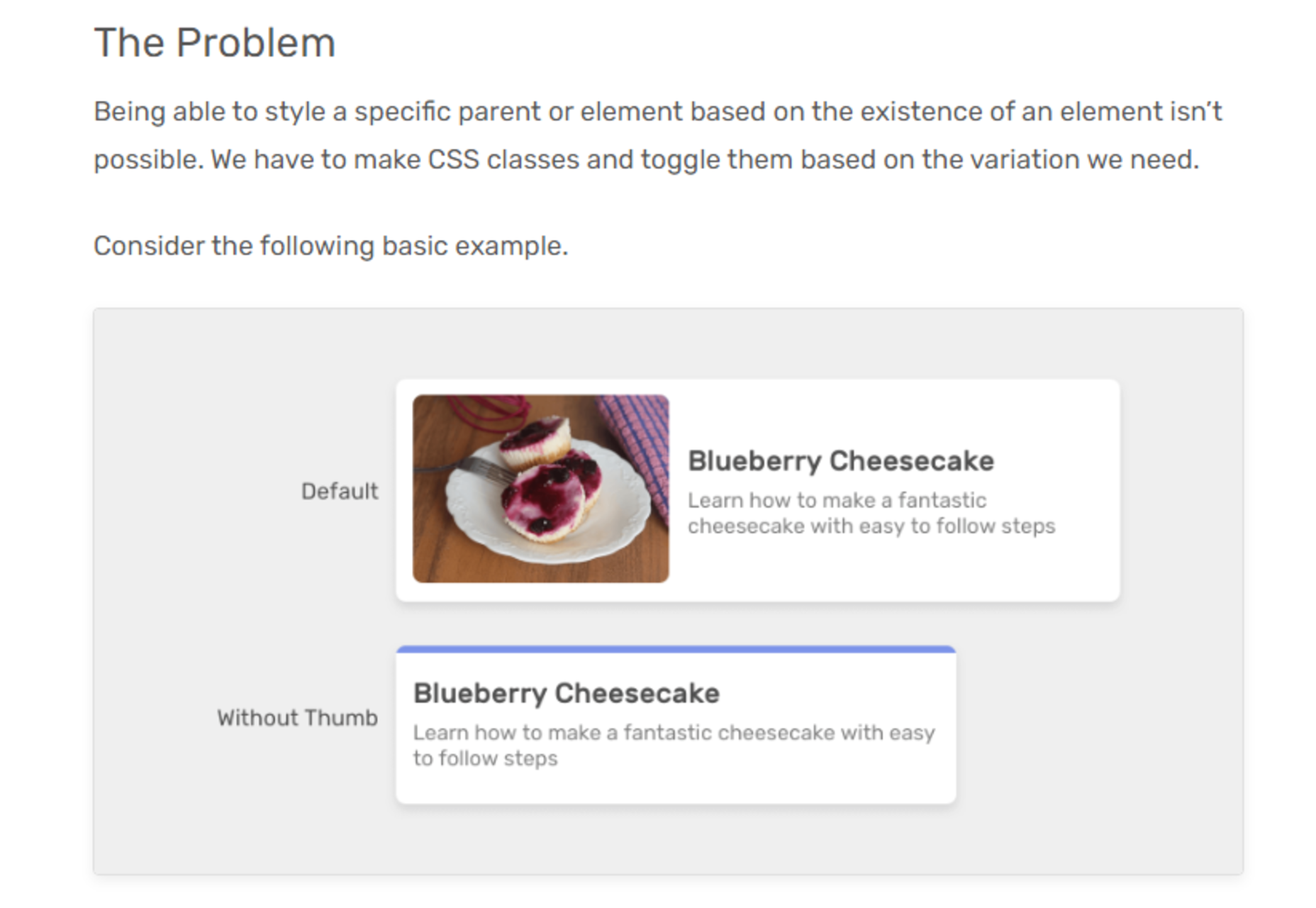
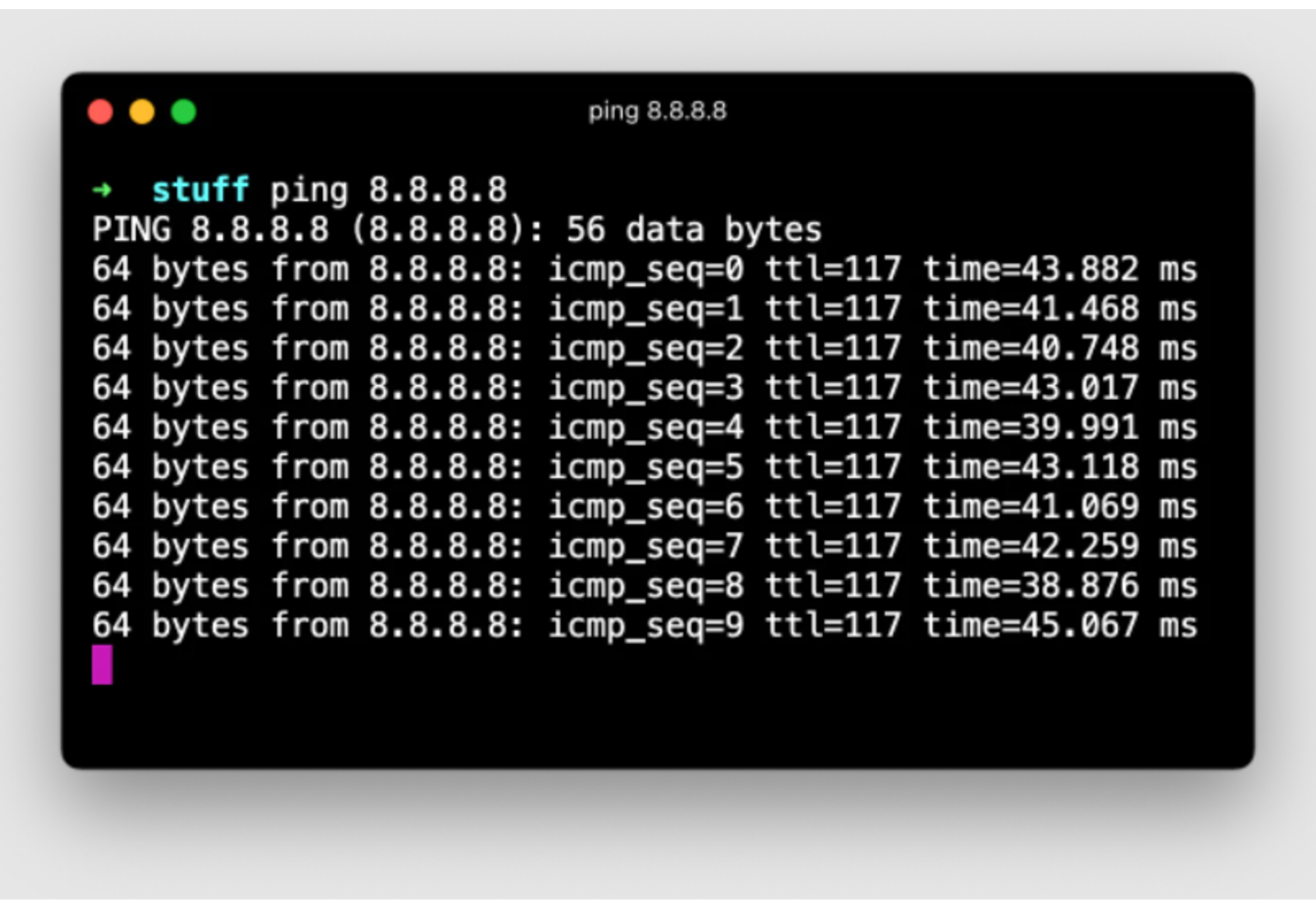
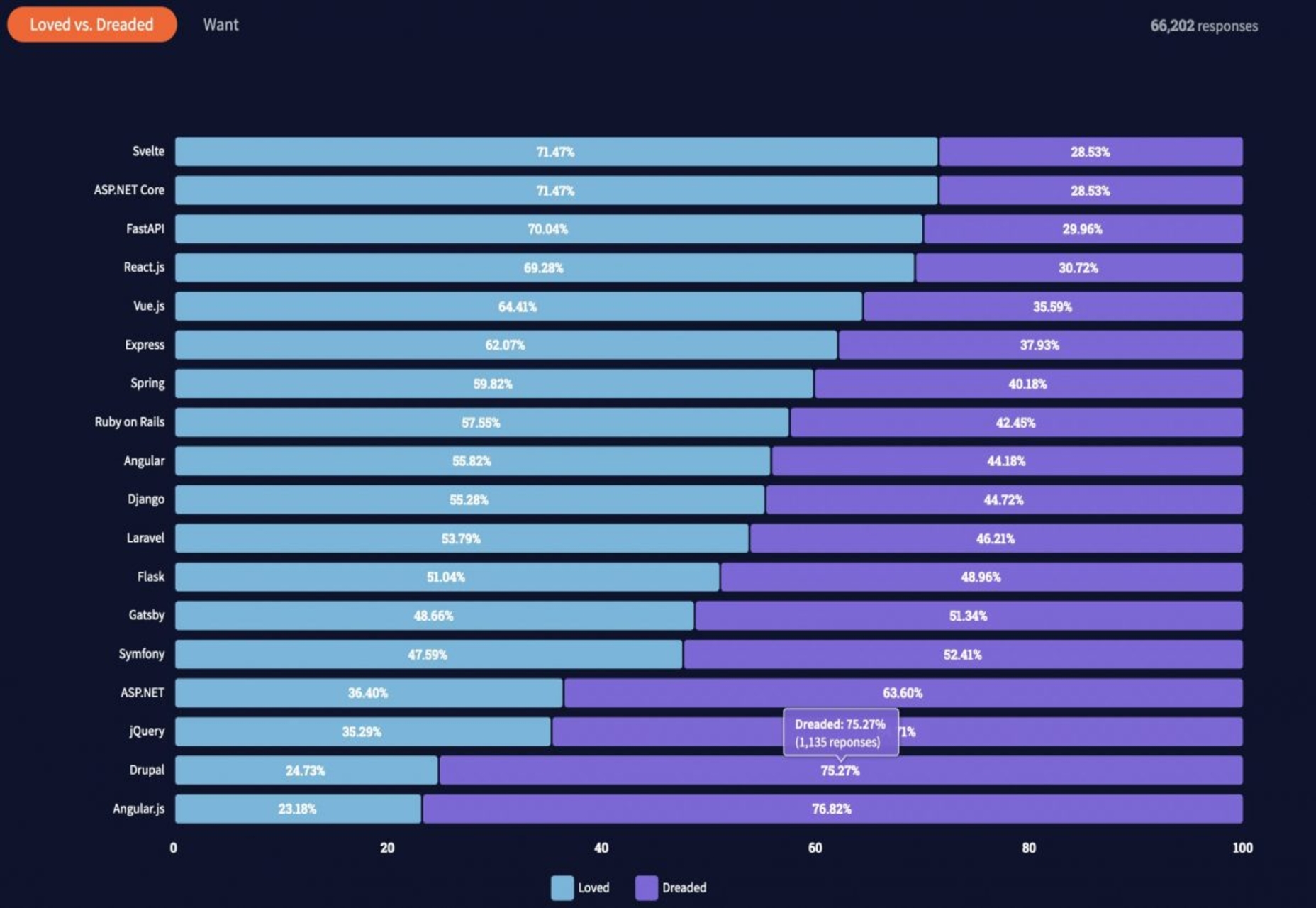
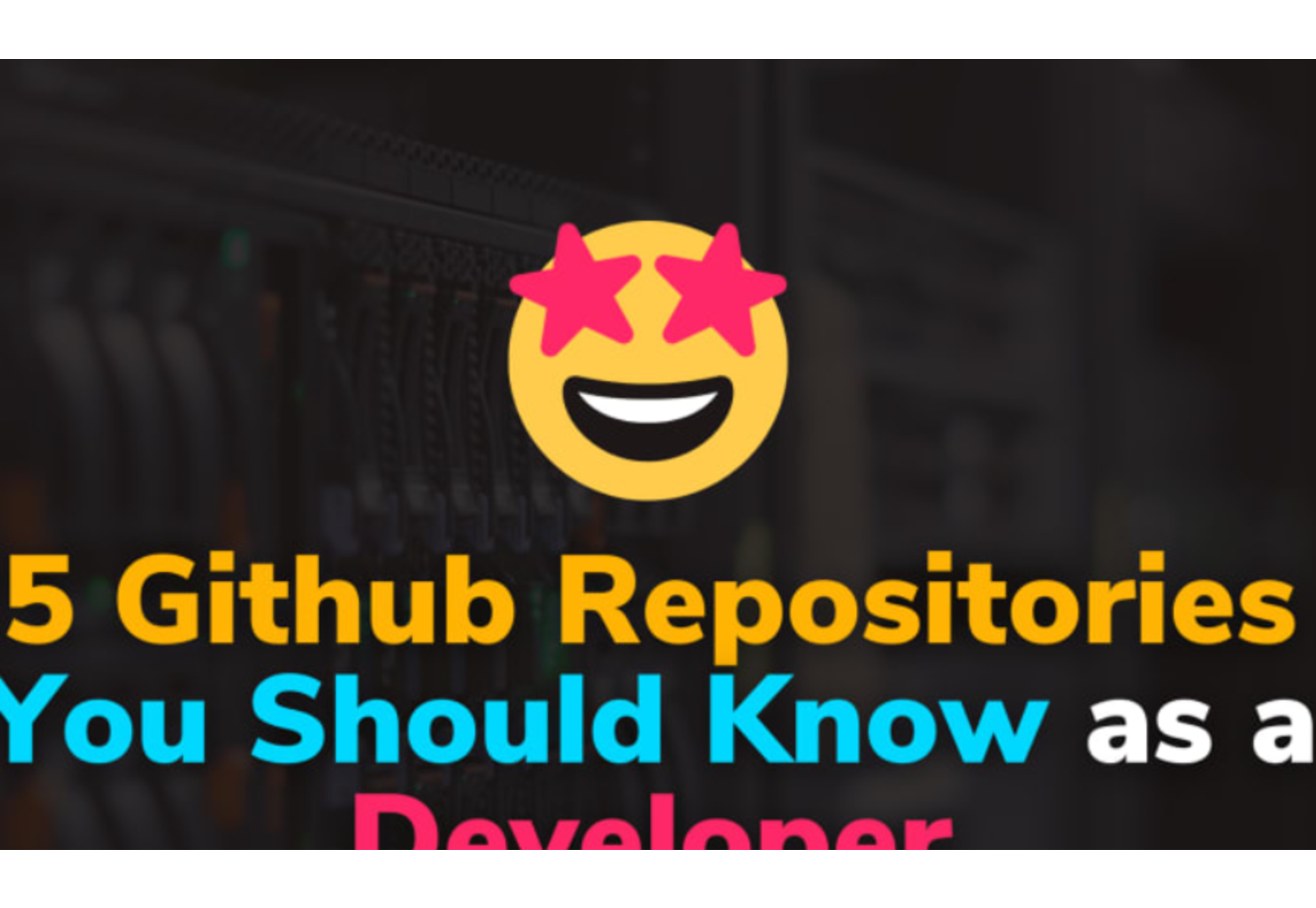
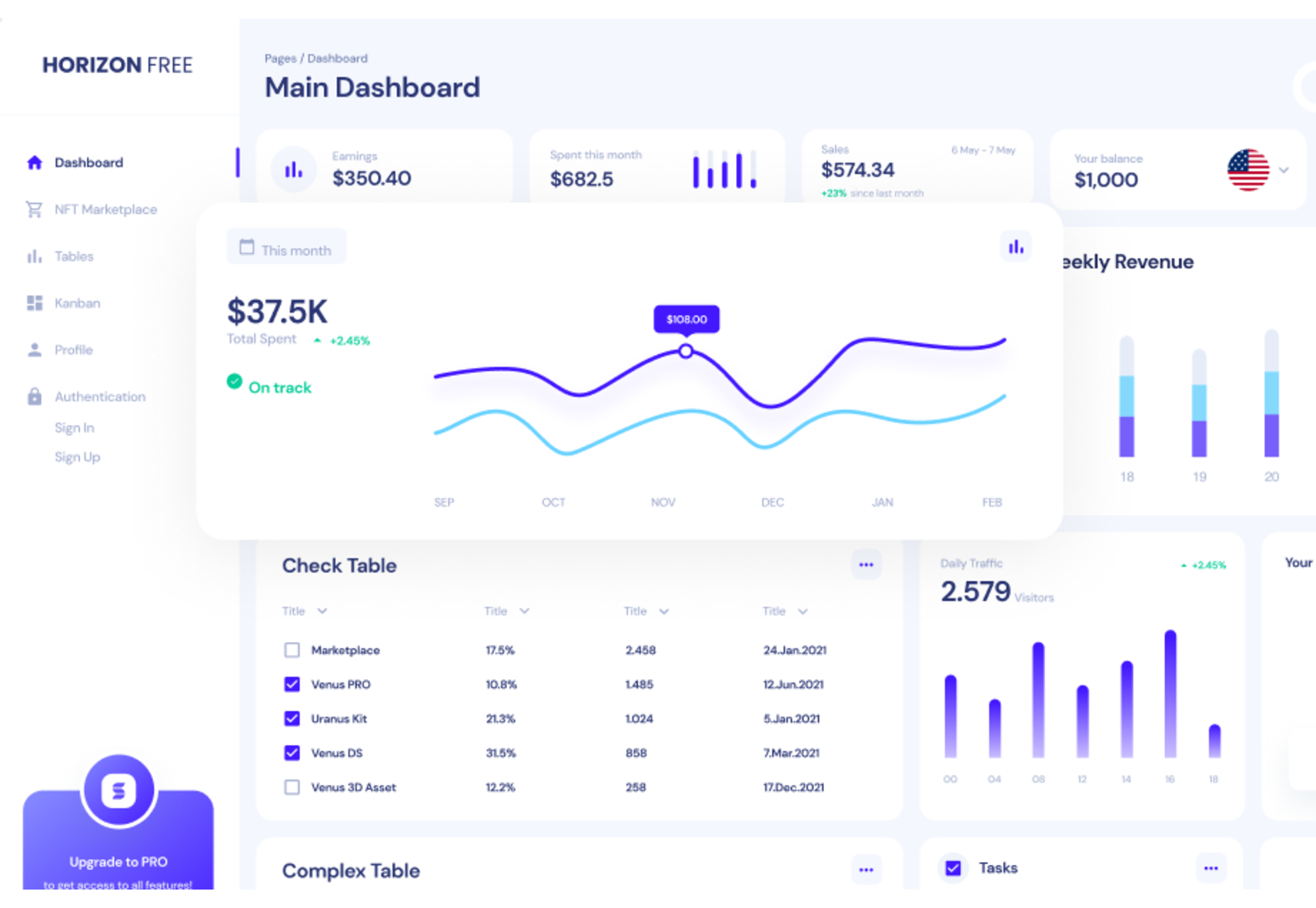


 Whether you are looking for comprehensive tutorials on UX design or professional courses on topics like logo design, video or photo editing, there’s the perfect YouTube channel for you as a designer.
Whether you are looking for comprehensive tutorials on UX design or professional courses on topics like logo design, video or photo editing, there’s the perfect YouTube channel for you as a designer.














 It’s something every design team dreams about – a better design process and handoff procedure. Your design team is not alone if you are looking for a better solution.
It’s something every design team dreams about – a better design process and handoff procedure. Your design team is not alone if you are looking for a better solution.






 With all the marketing aplomb of basement-coders worldwide, NFTs were named with an acronym that does little to clarify their utility.
With all the marketing aplomb of basement-coders worldwide, NFTs were named with an acronym that does little to clarify their utility.